- Joined
- Oct 18, 2018
- Messages
- 8,519
First off.... Merry Christmas, Everyone!!!
I normally make my blades out of higher alloy, air hardened steels....
I got a batch of 8670 from Bos. First time working with the steel. So far I like it. Another fun steel to work with.
But, I don't think I've made anything dipped before?
I almost screwed it up majorly, and wanted to make a post for the new makers.
Normally I cut around the perimeter of the handle the next day, after it is cured.
Look what I did.
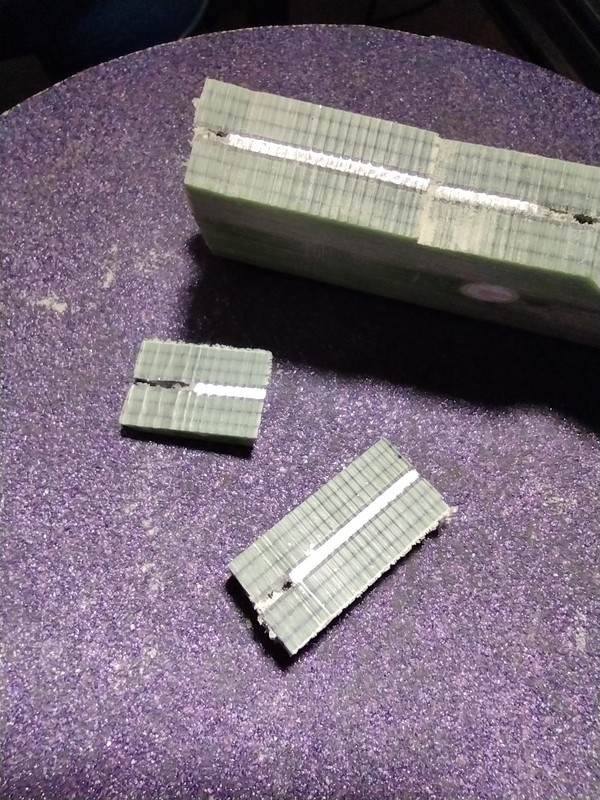
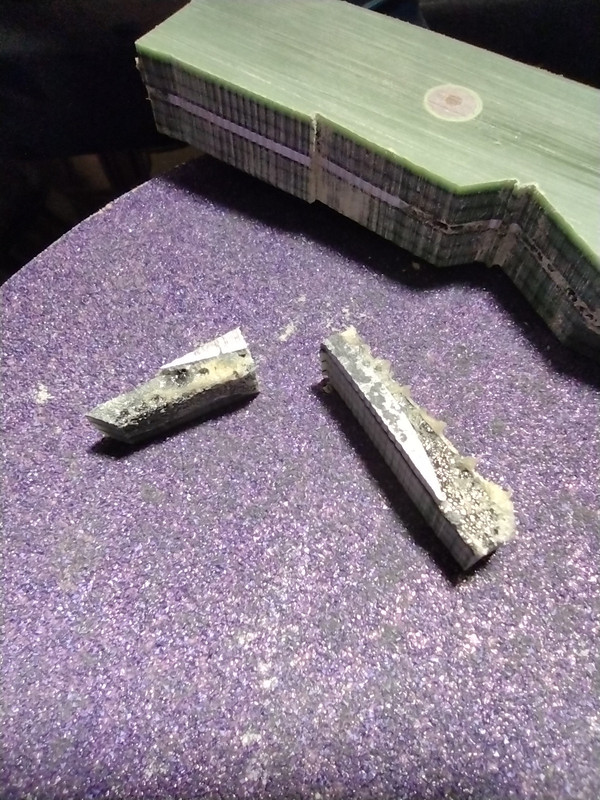
You can see I cut into the steel.
Normally I rely by sound and feel, but lost track where the steel tang was.
On air hardened steel the tangs are at full hardness. I guess this isn't true for oil quenched blades?
Fortunately, it was on the underside. I only cut into the handle a little bit.... And it was for my wife.... I was able to work around it. But it really threw me for a loop, because I knew how hard the knife edge was, it took awhile to grind and sharpen. I was going crazy, then it dawned on me that it was dipped, and that must effect the blanks overall?
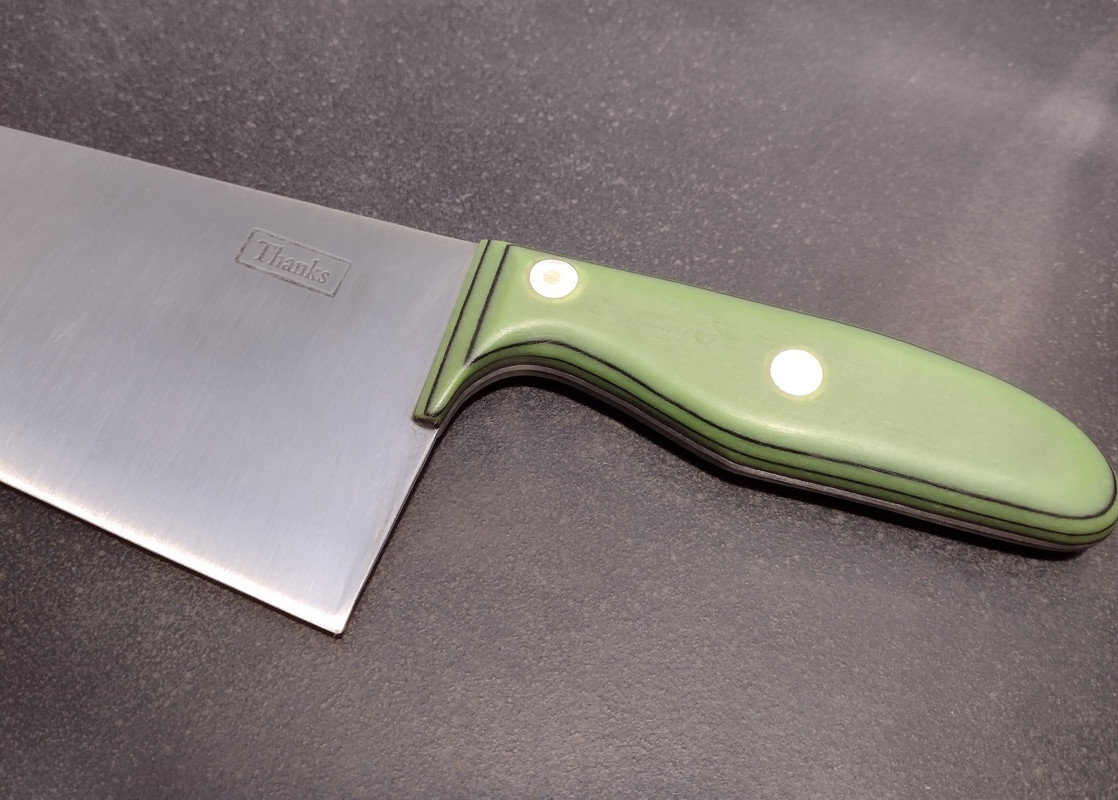
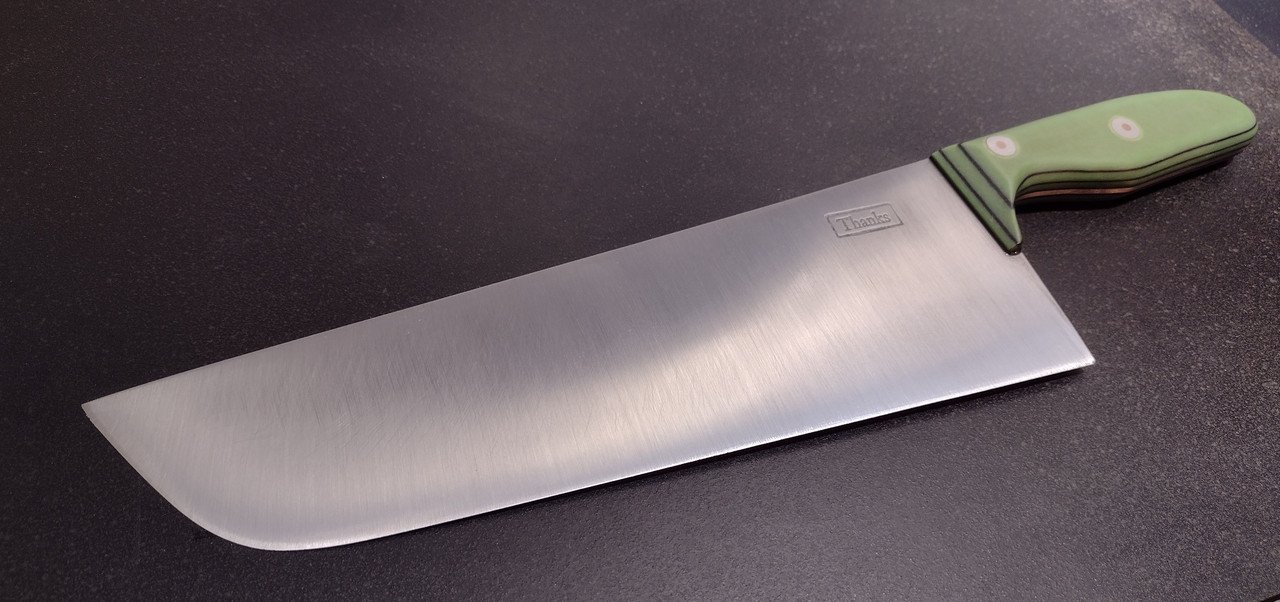
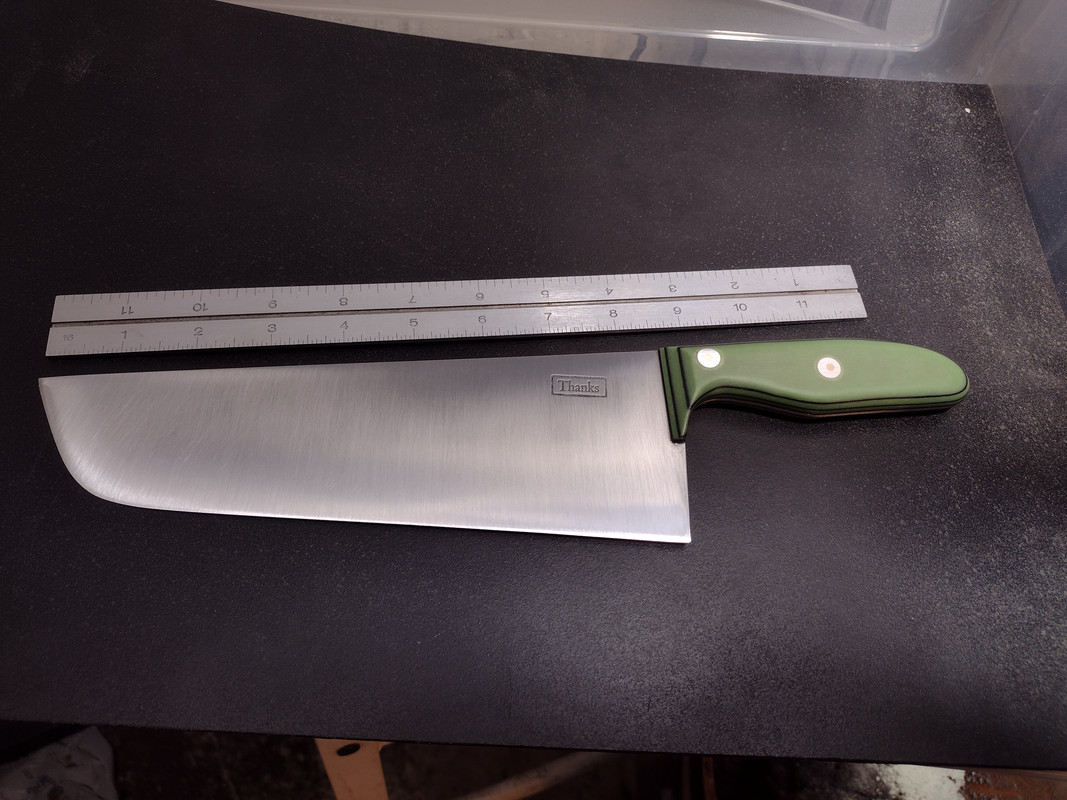
Thanks.
I normally make my blades out of higher alloy, air hardened steels....
I got a batch of 8670 from Bos. First time working with the steel. So far I like it. Another fun steel to work with.
But, I don't think I've made anything dipped before?
I almost screwed it up majorly, and wanted to make a post for the new makers.
Normally I cut around the perimeter of the handle the next day, after it is cured.
Look what I did.


You can see I cut into the steel.
Normally I rely by sound and feel, but lost track where the steel tang was.
On air hardened steel the tangs are at full hardness. I guess this isn't true for oil quenched blades?
Fortunately, it was on the underside. I only cut into the handle a little bit.... And it was for my wife.... I was able to work around it. But it really threw me for a loop, because I knew how hard the knife edge was, it took awhile to grind and sharpen. I was going crazy, then it dawned on me that it was dipped, and that must effect the blanks overall?



Thanks.
